Heroes come in many forms.
The Fiesta 1.0T Ecoboost of 2012-17 won’t pull you clear of a speeding train or throw its coat over a puddle but, when it’s not breaking its timing belt or overheating, it will put a smile on your face and, when you’ve finished with it, return a fair chunk of your initial investment.
Many cars can do that, but few are as easy to buy as the ubiquitous Ford. At last count, there were 2000 1.0T Ecoboosts for sale on one major website, ranging from £2000 to £15,000 and being offered by every Tom, Dick and main dealer.
With such choice, buying a duffer should be almost impossible. Don’t like the service history? There’s a nicer one around the corner.
Ecoboost is Ford’s name for its range of turbocharged, direct-injection petrol engines designed to offer levels of power and torque comparable to larger engines, plus lower emissions and, at least on the factory test bench, better fuel economy. The one under consideration here is the 1.0-litre three-cylinder version offered in 98bhp, 123bhp and 138bhp outputs.
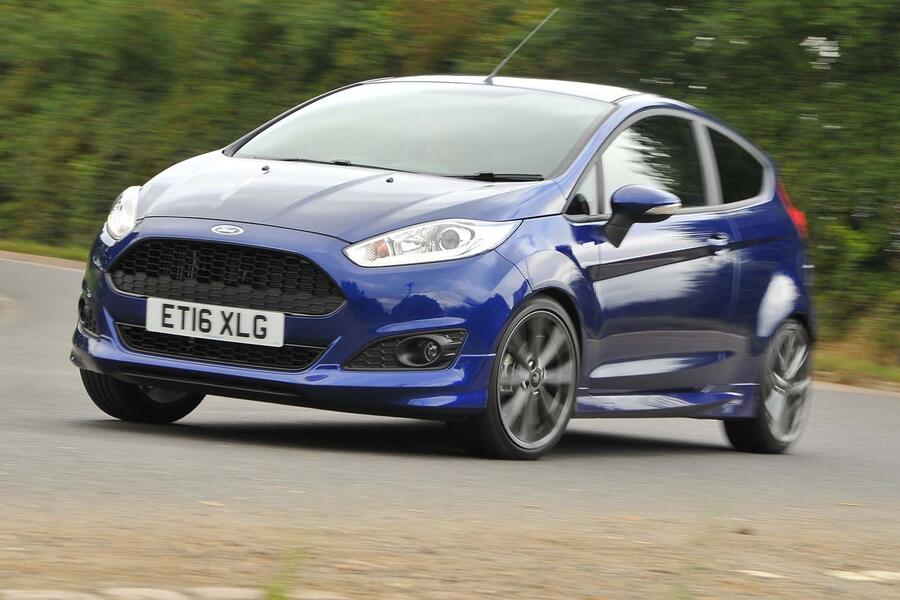
It caused a real stir at launch, media and public alike impressed by its smoothness and responsiveness, although Ford’s economy claims ended up proving wide of the mark. Autocar’s testers came down in favour of the 98bhp unit for its blend of performance and value for money.
The engine’s arrival coincided with a major overhaul of the Mk7 Fiesta. Obvious to everyone was the large trapezoidal grille, but other external updates included LED daytime-running lights and a ‘power dome’ bonnet. Inside, voice-activated in-car connectivity, Active City Stop and the introduction of MyKey (allowing parents to turn down the fun when junior was at the wheel) completed the changes.
Trim levels comprised Zetec (the most popular thanks to its keen pricing and standard kit, including 15in alloys, DAB radio, 4.2in-screen infotainment system, heated front windscreen, air conditioning and hill start assist) and, higher up, various Zetec Colour Edition offshoots, ‘sporty’ ST Line and ‘luxurious’ Titanium X.


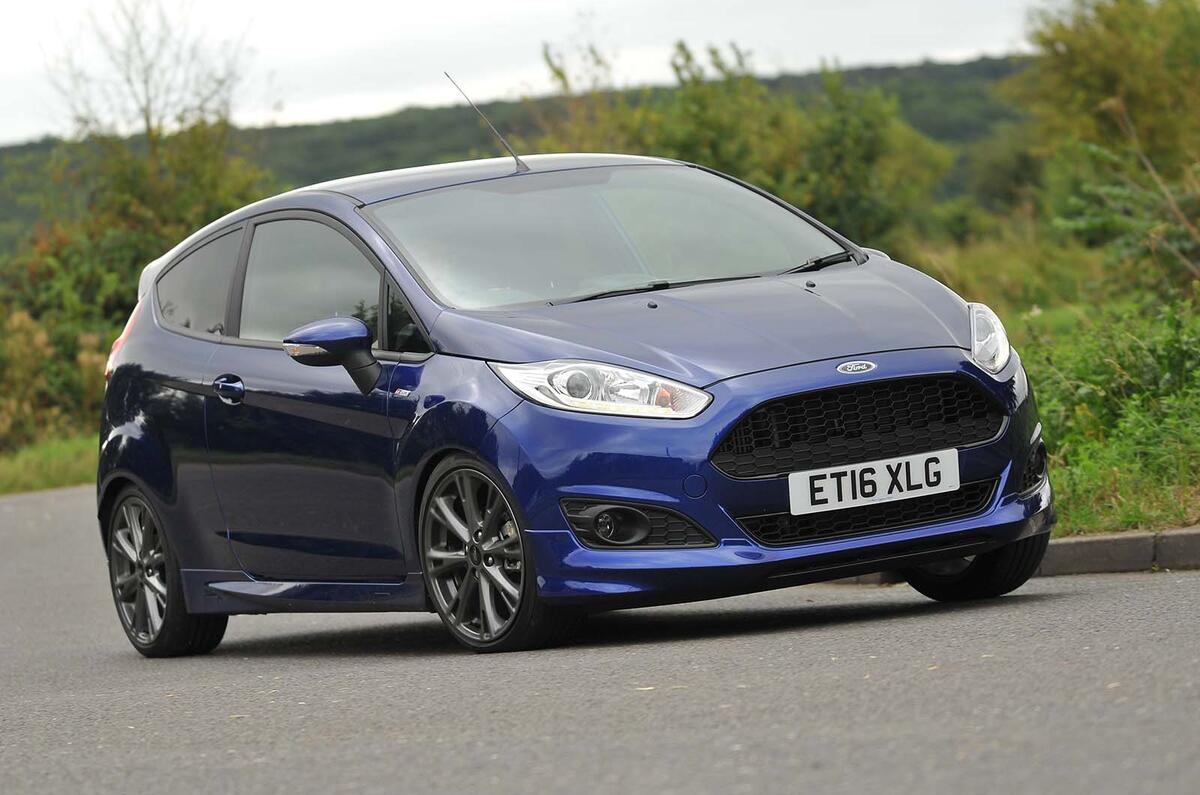

















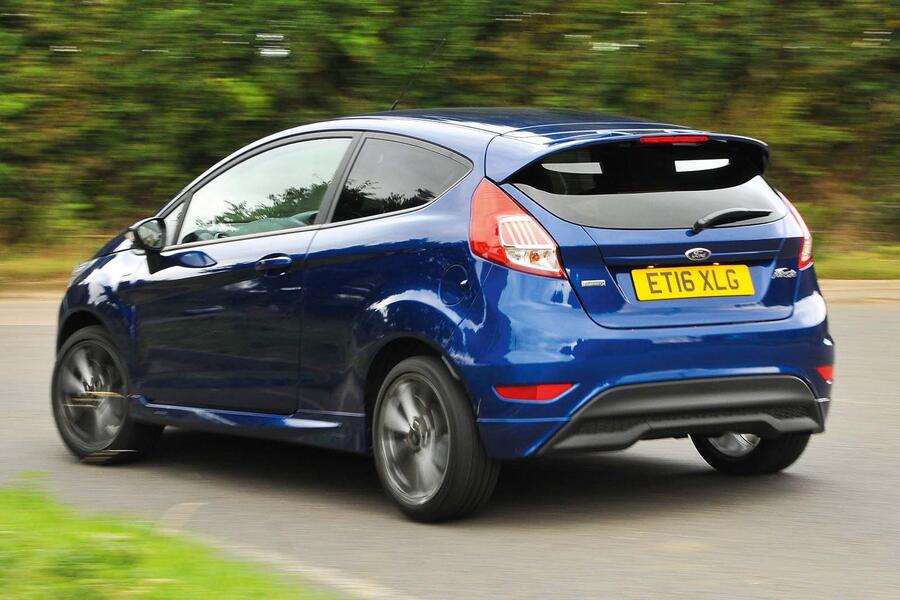
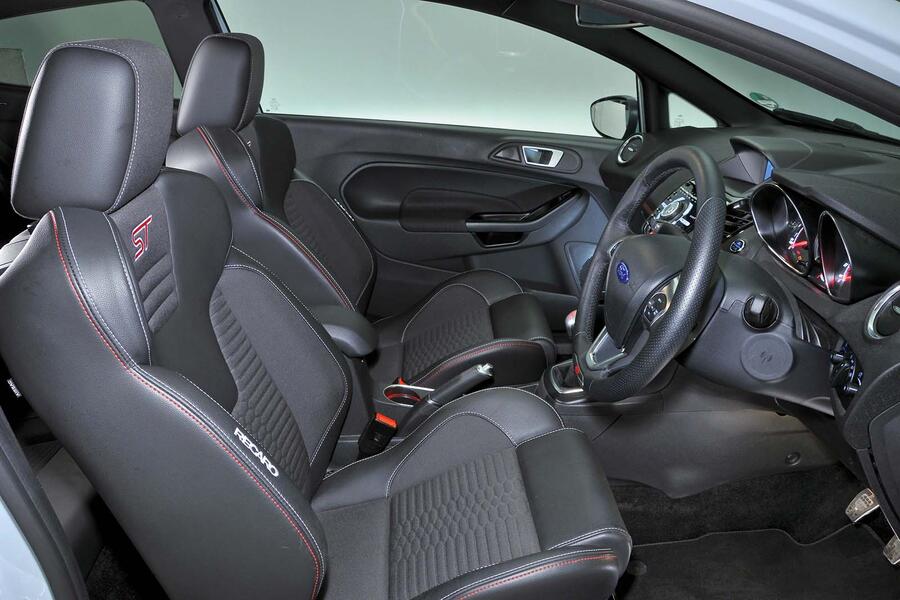
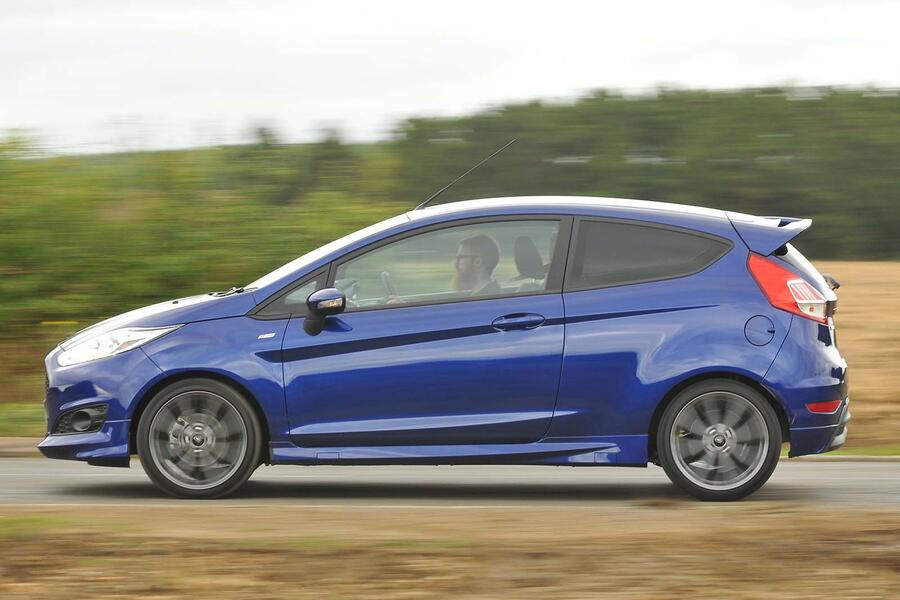
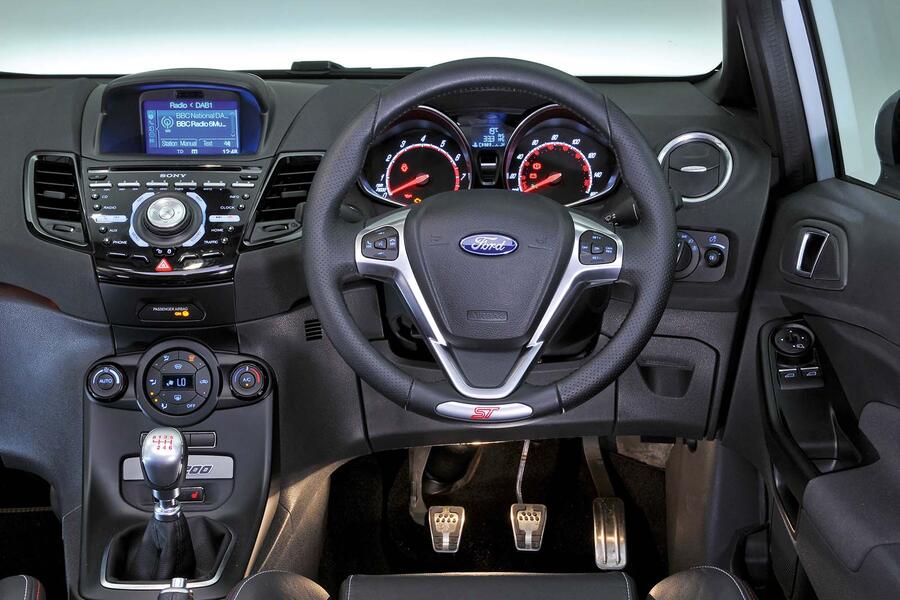
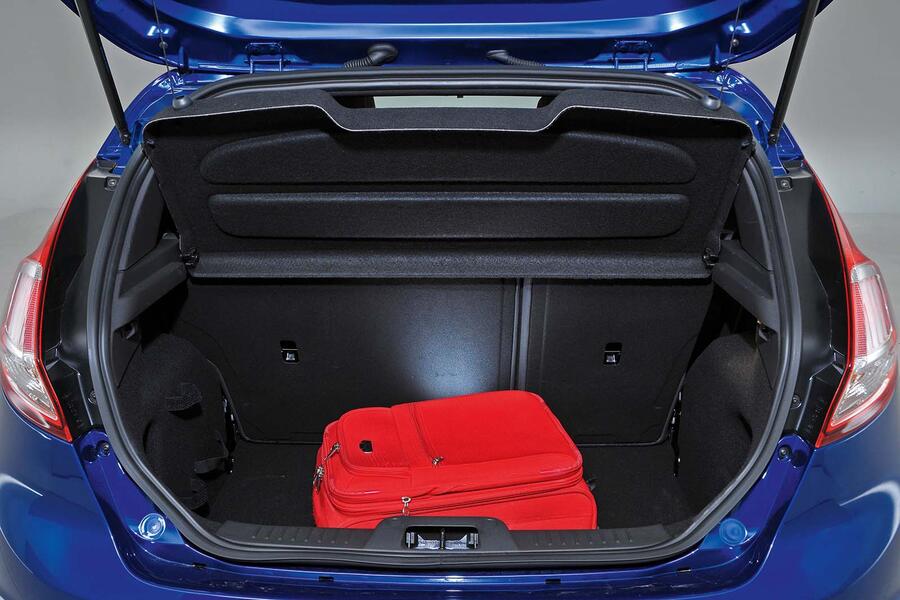
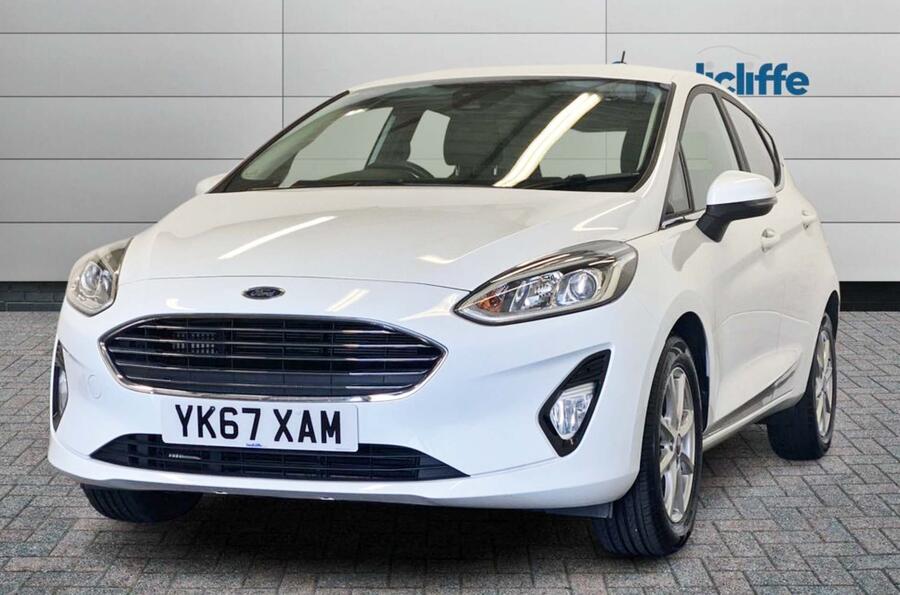



Join the debate
Add your comment
I get paid more than $200 to $400 per hour for working online. I heard about this job 3 months ago and after joining this I have earned easily $30k from this without having online working skills . SA Simply give it a shot on the accompanying site…
Here is I started.…………>> smart.makedollarsdaily.workers.dev